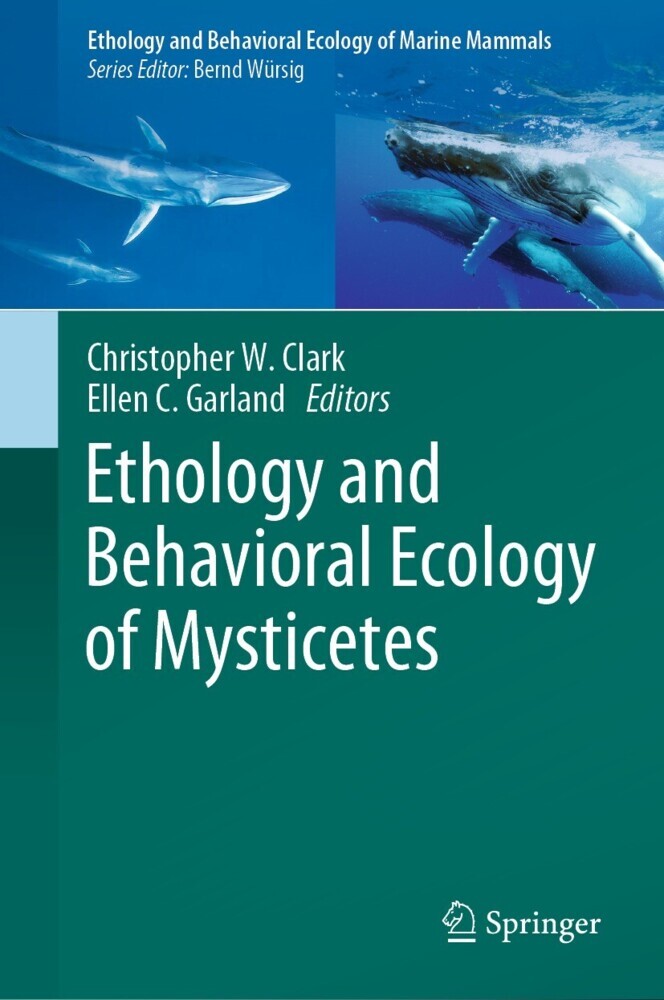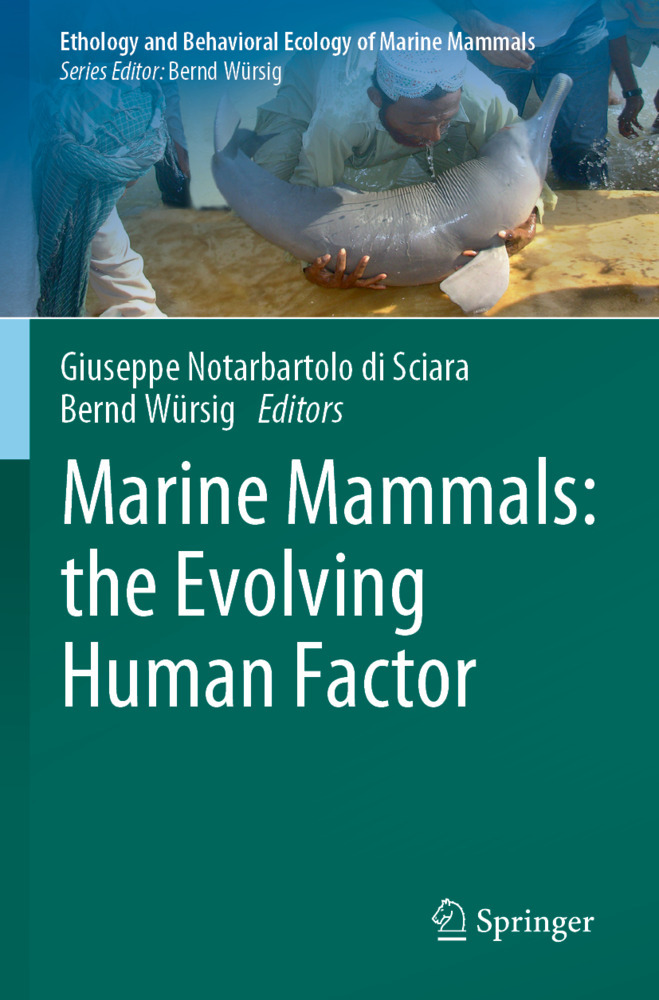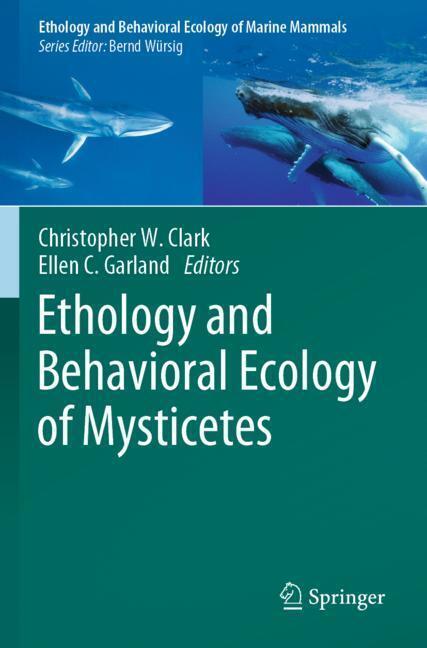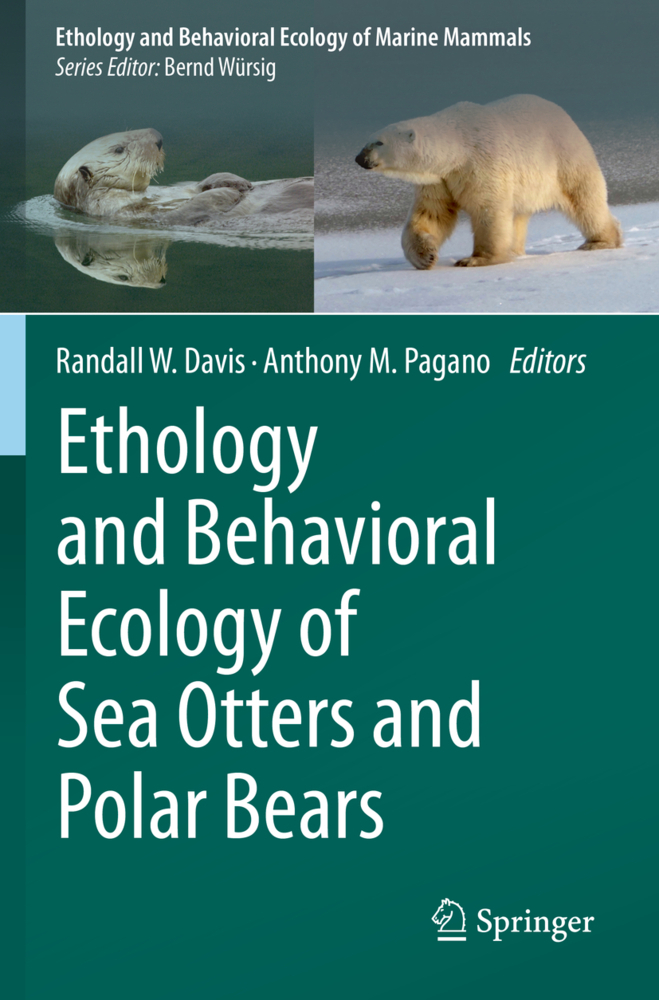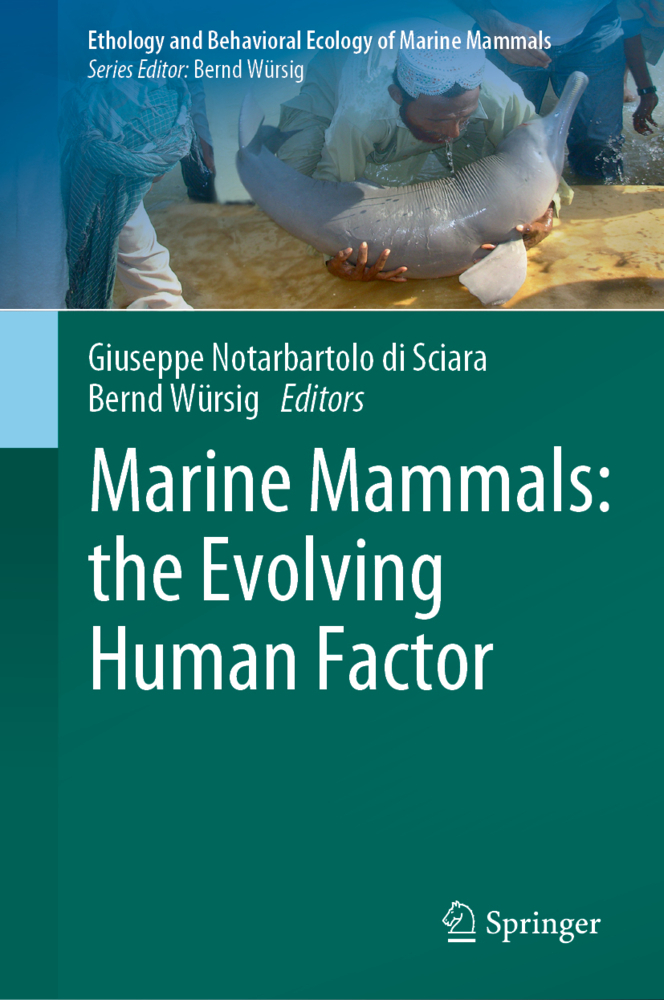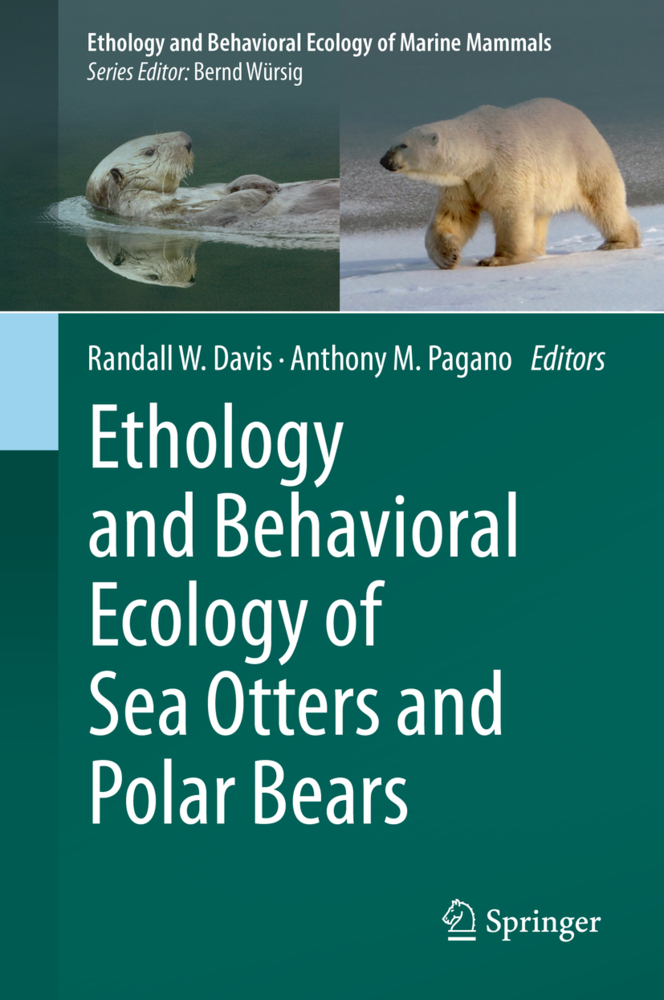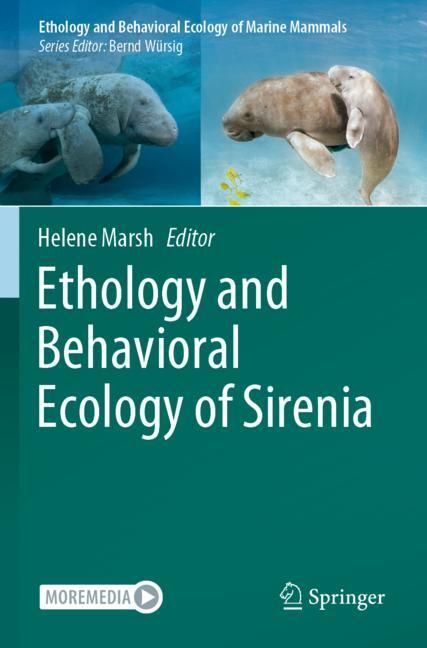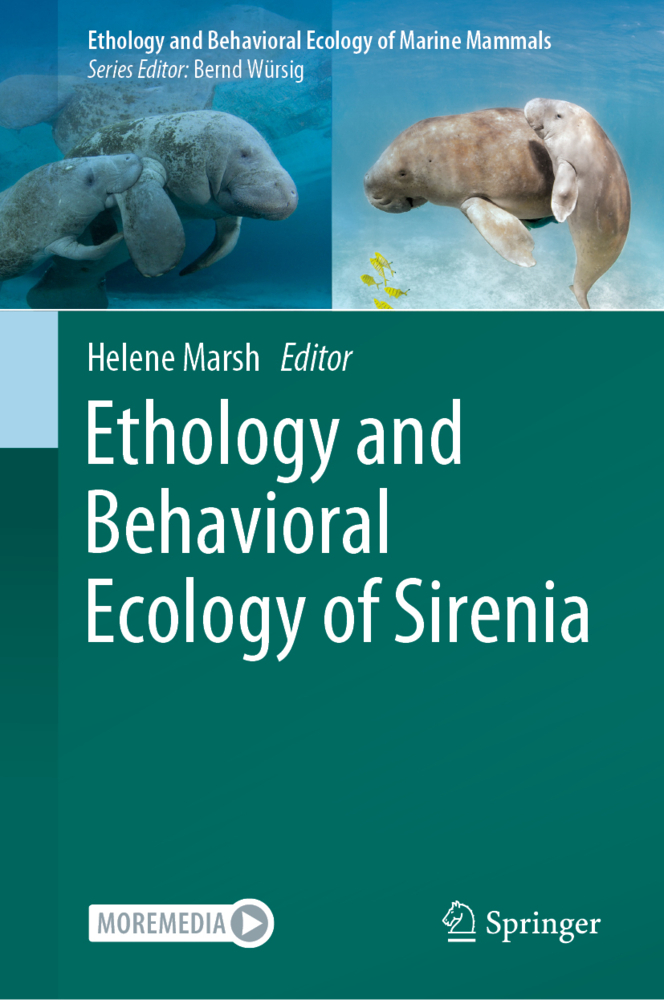Ethology and Behavioral Ecology of Mysticetes
In this book, an international team of leading marine mammal scientists, with a remarkably diverse set of backgrounds and areas of expertise, lead you through a synthesis of current knowledge on baleen whales. Baleen whales are the largest animals ever to have lived on this planet. They also have the lowest and most intense voices on Earth, most likely evolved to take advantage of ocean acoustic transmission conditions so as to be detectable across ocean basins. Some baleen whales can live to be 150-200 years old. They migrate many thousands of kilometers between feeding and breeding areas. They produce songs and calls that serve as behavioral foundations for establishing, maintaining and expanding their cultural identities. To conclude that we know the behavioral limits of these large brained, long-lived animals would be naïve. As baleen whale scientists, we are still beginning to comprehend the enormous complexities and natural histories of these remarkable animals.
Today, the fact that whales sing is known throughout much of the world. This awareness started 50 years ago with the publication and popularization of a collection of humpback song recordings that motivated research into baleen whale behavioral ethology. In this book's chapters, a reader's experiences will stretch from learning about baleen whale laryngeal anatomy associated with their different voices to learning about the vast ocean areas over which their voices can be heard and the emerging complexities of their culturally defined societies. These are accompanied by chapters on the fundamental ethological contexts of socializing, migrating, and foraging. Two common themes permeate the book. One theme highlights the phenomenal increase in scientific knowledge achieved through technological advancements. The other theme recognizes the impacts of human-made activities on ocean acoustic environments and the resultant influences on the health and survival of individual whales and their populations.
Although the book is intentionally ambitious in its scope, as scientists, we fully recognize that baleen whale science is still in its infancy. Many profound revelations await discovery by cohorts of young, multi-talented explorers, some of whom are stretching their wings in this volume and some of whom are reading these scientific stories for the first time.
Dr Christopher W. Clark is a scientific hybrid. As an undergraduate, he completed a dual degree program in biology and engineering (1972), followed by a M.S. in electrical engineering in the field of digital signal processing and a Ph.D. in biology in the field of animal behavior and neurobiology at Stony Brook University (1981). He was awarded a NMIH postdoctoral fellowship at the Rockefeller University to investigate relationships between animal acoustic communication signals and social context. In 1987, he became Founding Director of the Bioacoustics Research Program (BRP) at the Cornell Lab of Ornithology, and in 1993, he received an endowed position as Imogene Johnson Senior Scientist at the Cornell Lab and Graduate Professor in the Department of Neurobiology and Behavior at Cornell University. He retired from Cornell in 2017. When asked what he does, Clark's answer is simple: 'I listen to this singing planet!' Clark has a long and distinguished history of successfully working at the interface between science, applied engineering, industry, and regulations, all with the specific objectives of using science to understand the potential impacts of human activities on marine mammals and to inspire and enable the scientific conservation of marine wildlife and habitats. His current research areas focus on the chronic influence of aggregate man-made noise sources on marine mammal distributions and behaviors. He is deeply concerned about the continued loss of marine animal acoustic habitats as a result of multiple anthropogenic noise sources operating over large scales for extended periods of time. In collaboration with a small group of experts, Clark is working to progress a new, ecologically based paradigm for evaluating and measuring biological risks from anthropogenic activities at individual and population levels. Clark has published over 300 papers and presentations, and devoted considerable effort to scientific advocacy through documentary films and outreach.
Dr Ellen C. Garland has a B.Sc. (Hons) in marine biology, ecology, and biodiversity from Victoria University of Wellington, New Zealand (2004). After finishing her undergraduate degree, she worked for both the National Instituted for Water and Atmospheric Research (NIWA) in New Zealand and the New Zealand Ministry of Fisheries. Ellen completed her Ph.D. in bioacoustics in the Cetacean Ecology and Acoustics Laboratory at the University of Queensland, Australia (2011). Her broad research interests include animal culture, social learning, bioacoustics, and behavioral ecology with a focus on cetaceans, and in particular the cultural transmission, vocal learning, and function of humpback whale song. After completing her Ph.D., she undertook a three-year National Academy of Sciences (National Research Council) postdoctoral fellowship at the Marine Mammal Laboratory (AFSC, NMFS, and NOAA) in Seattle, USA, investigating the geographic variation in vocalizations from beluga whale populations in the Alaskan Arctic. She then completed a two-year Royal Society Newton International Fellowship at the University of St Andrews, Scotland, where she continued her work on South Pacific humpback whale song culture. In 2017, she was awarded a prestigious five-year Royal Society University Research Fellowship and started her own cetacean culture laboratory at the University of St Andrews. She has a number of high-impact publications on song, vocal learning, and animal culture and is emerging as a world expert in cetacean culture.
Clark, Christopher W.
Garland, Ellen C.
| ISBN | 9783030984496 |
|---|---|
| Artikelnummer | 9783030984496 |
| Medientyp | E-Book - PDF |
| Copyrightjahr | 2022 |
| Verlag | Springer-Verlag |
| Umfang | 384 Seiten |
| Sprache | Englisch |
| Kopierschutz | Digitales Wasserzeichen |

